This is Part 3 of my adventures exploring the off-limit catacombs under Paris. For those who haven’t read them yet, here are Part 1 and Part 2.
I visited Paris's Ossuary for the first time in the 1990s. It's the part that’s open to the public, and is what everyone thinks of when you say "Catacombs." I was so enchanted that I returned several times over the years. Its well-ordered bones, beautifully arranged for visitors since the early 19th century, are fascinating partly for the creep factor and partly for the beauty of art made of, well...us.
But the main reason I was drawn to it was because every one of those bones...more than six million people’s remains...has a story behind it. There are perfectly round holes in some skulls that suggest a bullet wound. (Or maybe even trepanation?) There are the black cloth-covered carriages that, between 1786 and 1788, traveled secretly by dark of night from Paris’s overflowing graveyards to a manhole, dumping bones into the empty mine shafts. (More were added later.)
And there is my curiosity as to just why Louis-Étienne François Héricart-Ferrand (director of the IGC after Guillaumot) decided to arrange all of the bones in geometric—even heart-shaped—patterns. Had he seen the Capuchin Crypt in Rome, with monks’ bones arranged in ghoulish maquettes complete with flying skeletons? (Which predated his designs by almost 200 years.)
But the Ossuary is blocked off from the area we were exploring. So it was to my surprise (and not a little bit of delight) when we turned a corner to see some bones lying on the floor. "Are those...human bones?" I asked. Gilles didn't answer, waiting to see if I would freak out.
I'm not sure if it was a relief or a shock to him when I crowed, "Bones!!! There are bones!!!" and ran around delightedly taking photos.
I have an…atypical…relationship with Death. The subject features prominently in all of my books. I was a goth teen, taking photos in cemeteries and have a pendent with my mom’s ashes. And I had a fabulous collection of taxidermy and (animal) bones until my Labrador puppy ate them all.
When my four-year-old dug up a beaver skull and presented me with it like a trophy, insisting I display it on our mantle, I knew she was flesh of my flesh, and unquestionably bone of my bones.
Back to the catacombs...we followed the bone trail, which grew larger as we proceeded down the tunnel.
Gilles explained that after an extension was built onto the Ossuary in 1859-1860, Paris planners realized they needed even more space for bone storage. After 1870, they decided to use the quarries under Montparnasse Cemetery (where we were standing) as well as Montrouge cemetery and elsewhere. And since these were not going to be viewed by a ticket-paying public, they were unceremoniously dropped through manhole covers and left to assemble themselves. Or not.
Finally we came to this corridor:
and I thought my joy was complete. Until we went just a little further and found this:
An actual THRONE OF BONES. Who knows when or by whom this was made, but it is morbidly spectacular.
As we left the Montparnasse Cemetery area, the bones disappeared. But death is referenced elsewhere in the catacombs, such as in this carving (which Gilles said was relatively recent)…
and this painting by an artist with the cataphile nickname "Lone." It is on one of the only large walls in the catacombs, in a "fontis" (a bell-shaped cave formed by a tunnel collapse). It took Lone the entire year of 2010, and is a rendering of the Swiss Symbolist artist Arnold Böcklin's painting "Isle of the Dead." (Incidentally, the original version, painted in 1883, was bought at auction in 1933 by Adolph Hitler, and is now part of the collection of the Alte Nationalgalerie, Berlin.)
The mural is so large and the space around it so small, that I could only capture it in several separate shots.
It depicts a shrouded corpse standing in a boat behind a white coffin, being rowed to the eponymous isle.
At the base of the mural, the artist has given us a palindrome (reads the same in both directions) sometimes attributed to Virgil meaning, “We spin around the night consumed by the fire." (It's also the title of a French film, and was used by Umberto Eco in The Name of the Rose.)
It's a beautiful, if not morbid, metaphor for the catacombs: humans flit through its passages like moths, quickly devoured by the flame of time, while the tunnels remain a subterranean time capsule, preserving our traces for future generations.
And on that cheery note we headed to what I consider the creepiest part of the catacombs: the Nazi bunker.
It wasn’t originally built by the Nazis. Instead, it was built as protection against them.
Gilles told me that following WWI, France knew that Germany wanted vengeance. Only a few years after the armistice was signed—as early as 1923—thousands of shelters began to be prepared under Paris to protect the population against bombs and gas attacks.

Three of those shelters still exist in the catacombs, one of which is the bomb-proof bunker beneath Montaigne high school. During the WWII occupation of Paris, it was requisitioned by the very army it had been built to protect Parisians against. The German Luftwaffe made it their command post.
They marked the whole area of the catacombs near the bunker with three colors of arrows painted atop white backgrounds with the red leading to the high school and the blue and black leading to emergency exits.
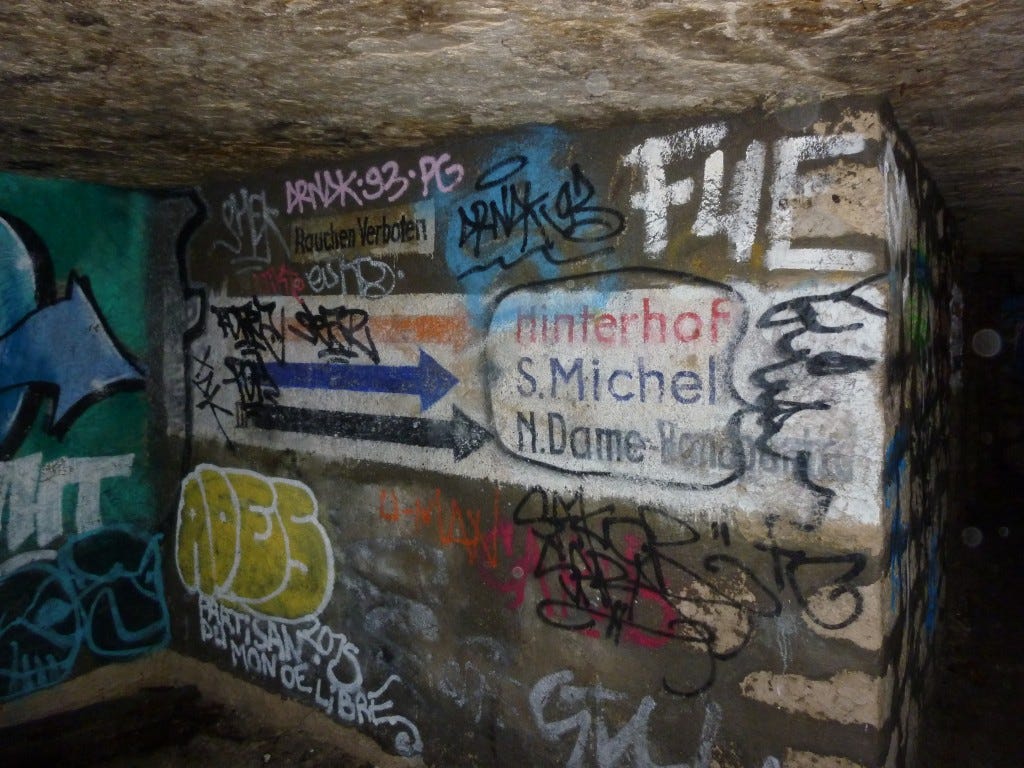
The arrows are meticulously placed, and traces of gates or doors block alternate corridors so that no one can wander off—either purposefully or by accident. (Like the two Nazis who left their uniforms behind, far from the bunker area, in Part 1.)
Amid the floor-to-ceiling graffiti that dates from the last few decades, a few clues remain as to what this part of the catacombs was like during the German occupation.
Signs saying "Smoking Forbidden" and "Quiet" are stenciled in German on the walls.
The chemical toilet still stands in the bunker area, a reminder that the catacombs lie several levels beneath Paris's sewer system.
Reinforced metal doors with locking wheels (I'm sure there's a term for this) are propped around the area.
This door, which was dumped unceremoniously upside down, still has the German word for "Emergency Exit" painted on one side.
Although I expected to see some original graffiti from the time of the Nazi occupation, Gilles told me that very few German inscriptions remain. Apparently the Nazi commanders ordered their underlings not to write on the walls. And, as history shows us, soldiers are known to obey orders.
The things I haven’t shown you? There are wells throughout the catacombs, some dried up, others full of crystalline water.
There are waxy-looking deposits on some walls, producing cave-like stalactites.
There is the absolute silence while you sit, waiting beneath a manhole cover...until someone steps on it 70 feet above and the sound reverberates through the room.
There are fossils visible where the limestone ceiling has crumbled away. And so much more. I’ve only shown and told you a fraction of what I saw.
After visiting the off-limit catacombs of Paris with Gilles a few times, I have returned many times on my own or taking friends, and once my younger child. (They of the beaver skull.) I now understand some of the mystery and even fear that surrounds the catacombs. While there was no talk of ghosts or spirits while we roamed the subterranean tunnels, something definitely exists down there in the darkness.
When you leave the catacombs, you do not leave whole. For three hundred years, they have claimed something from each and every visitor. Like they did with those before you, they take a piece of your mind. Of your heart. Of your spirit, if you believe in such things. And that piece will never be yours again.
It is waiting for you—with all of the others—calling you back to return…deep below the streets of Paris.




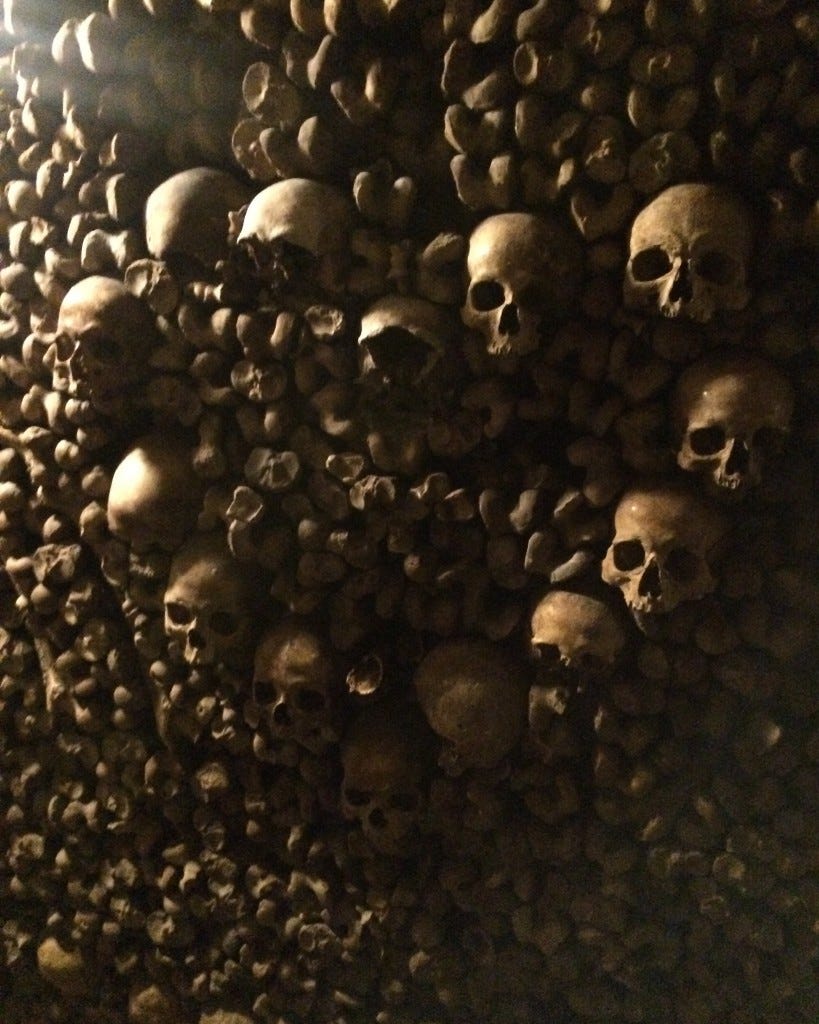
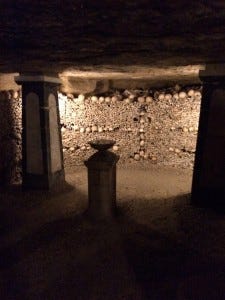
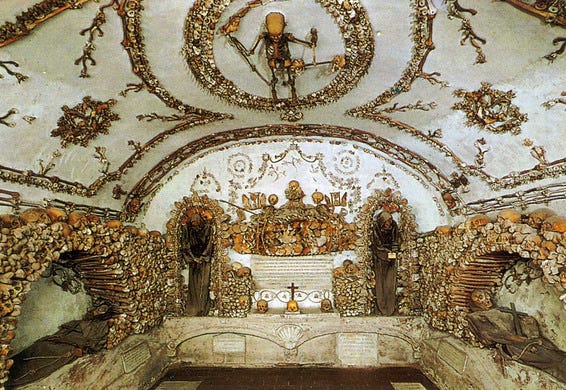
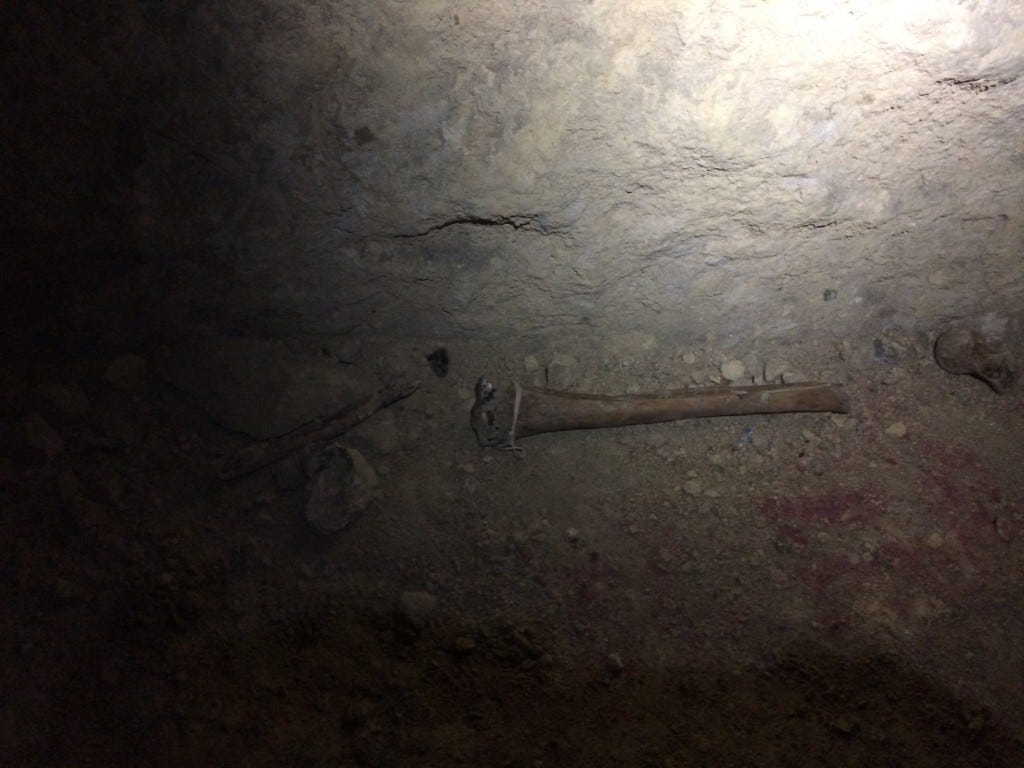
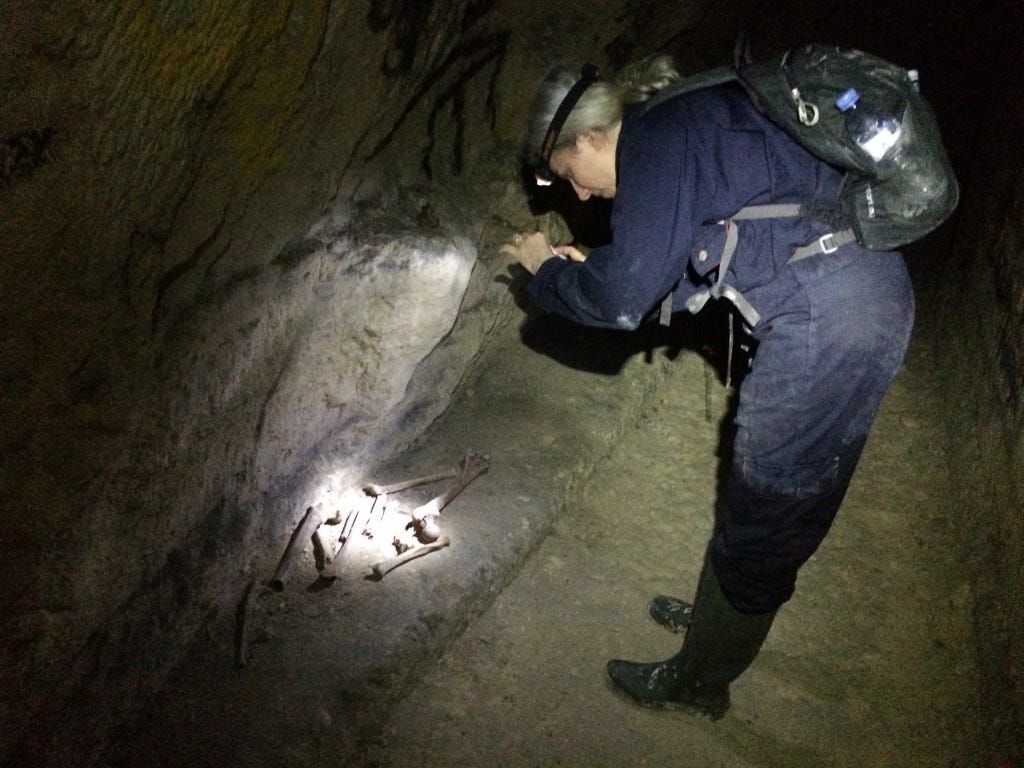
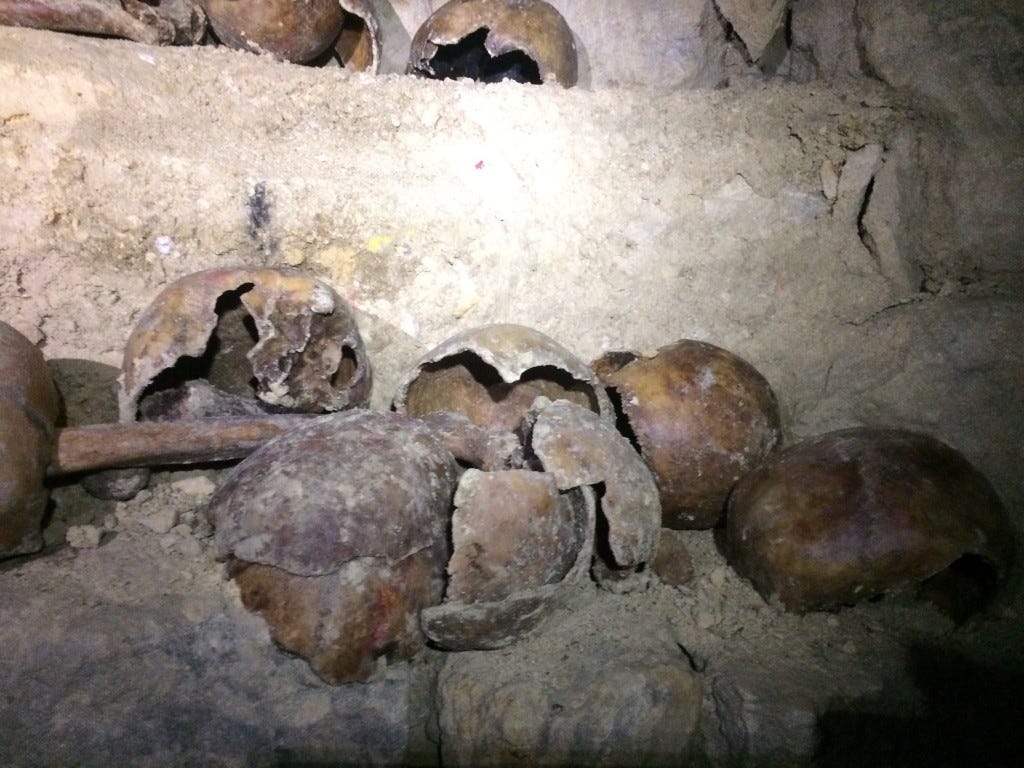
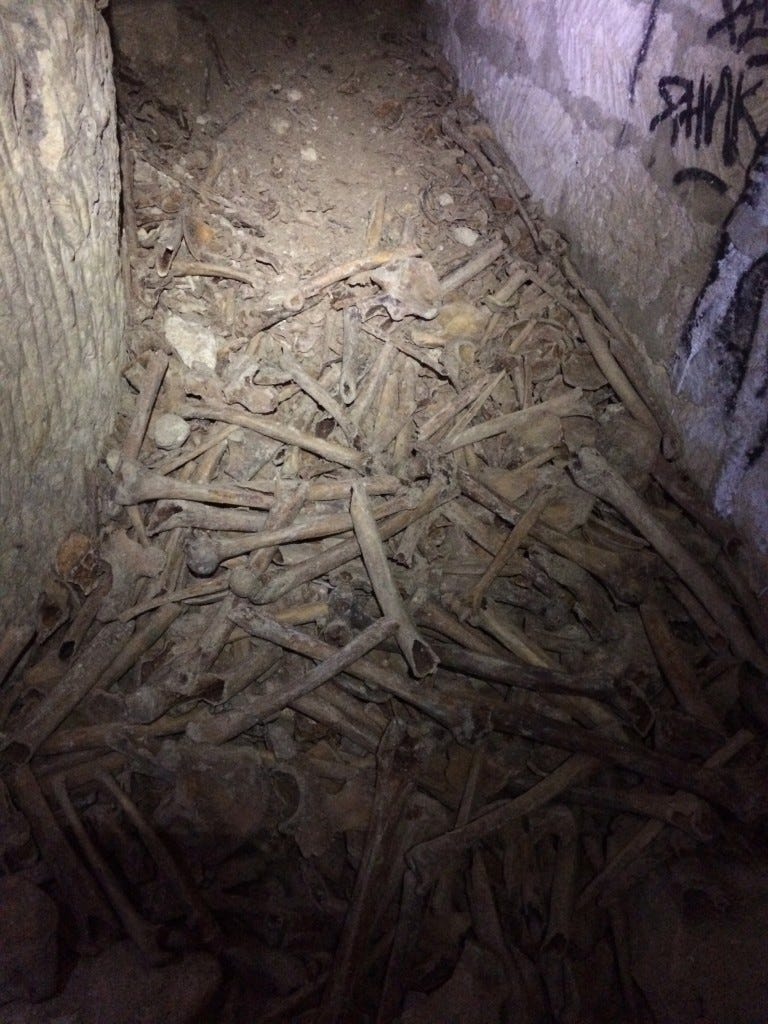
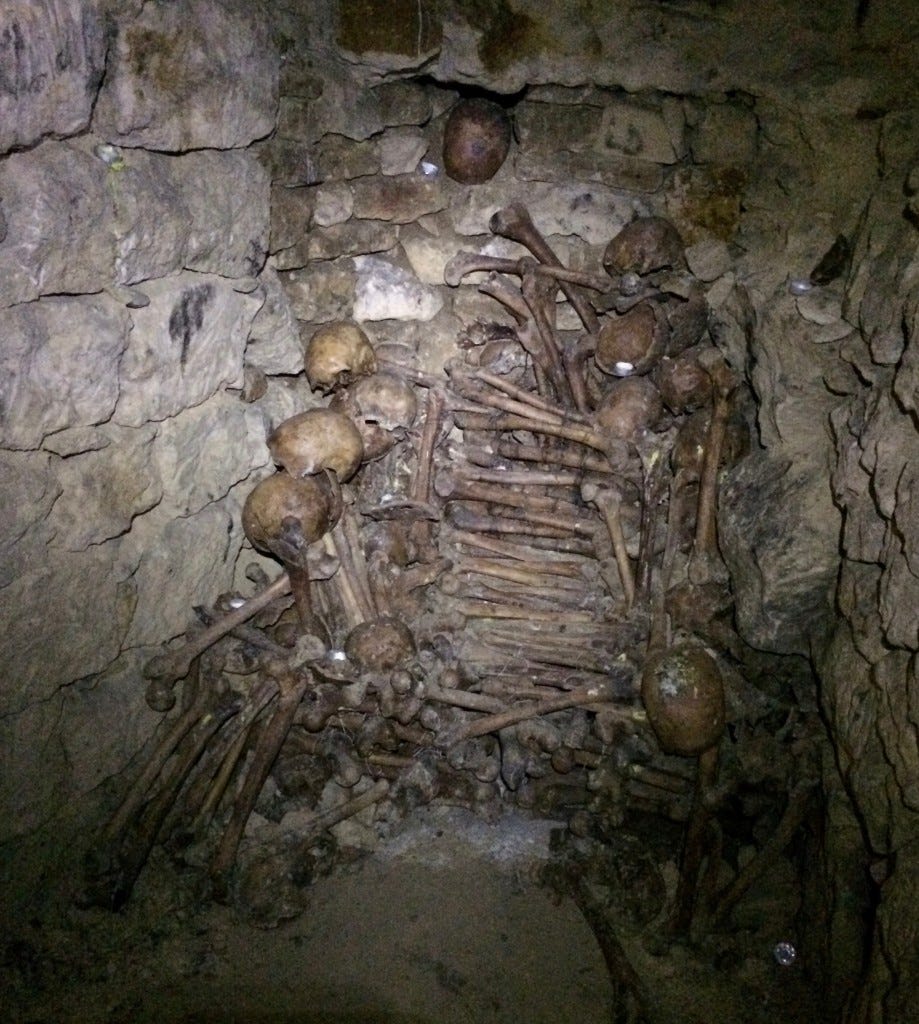
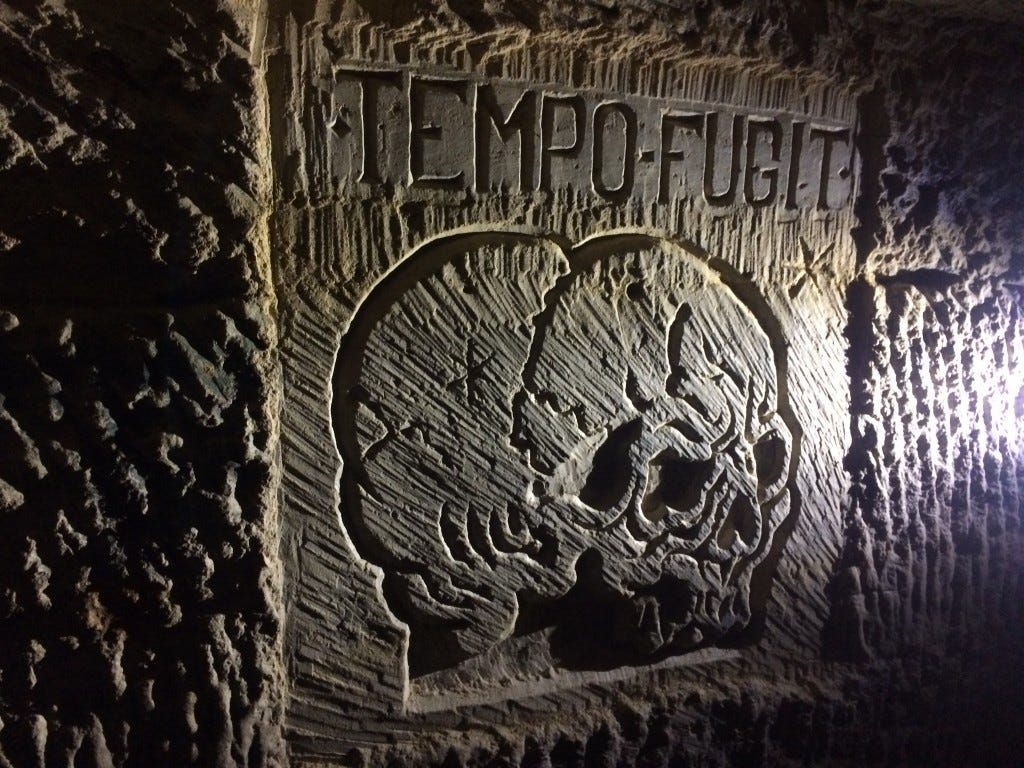
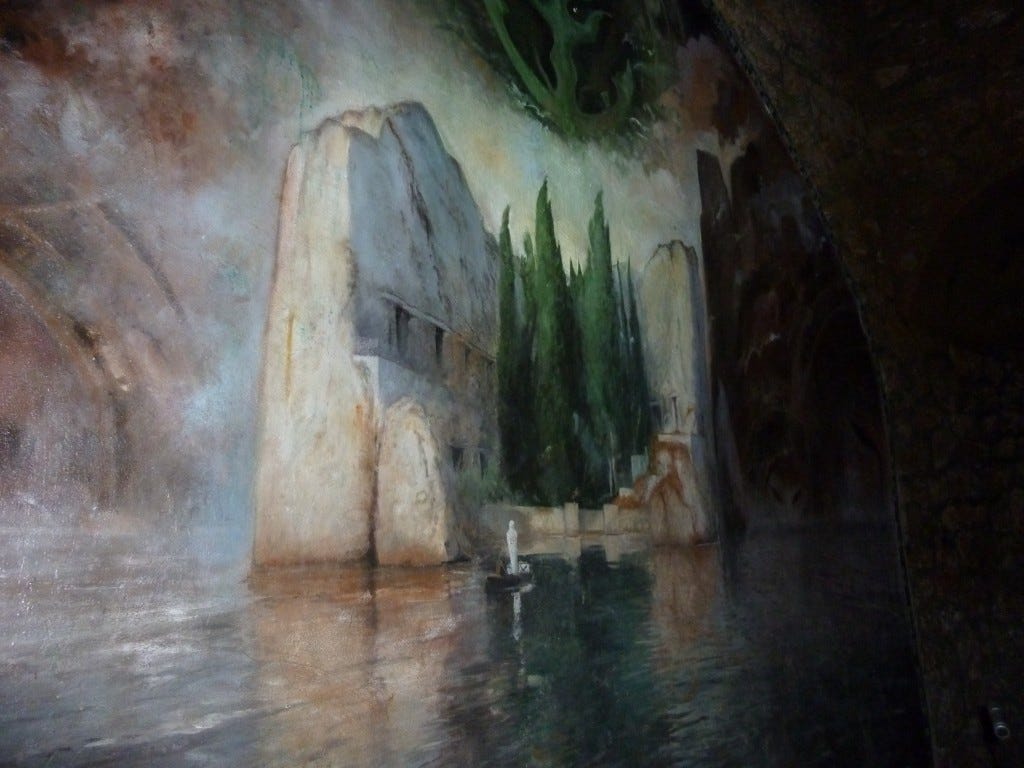
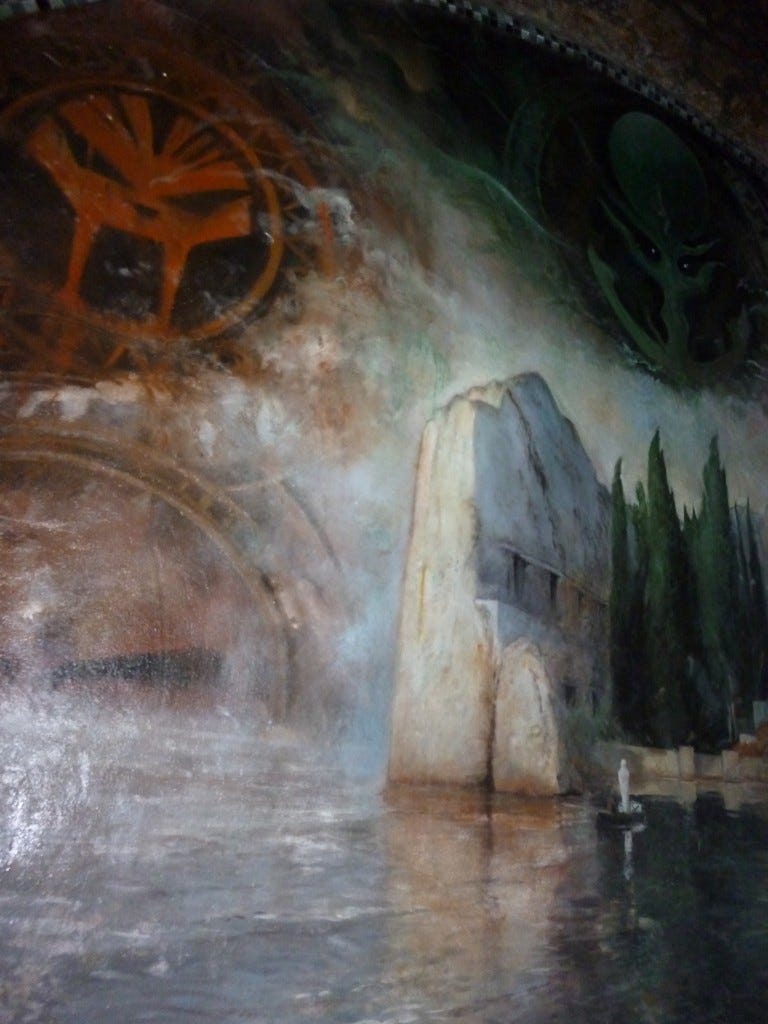
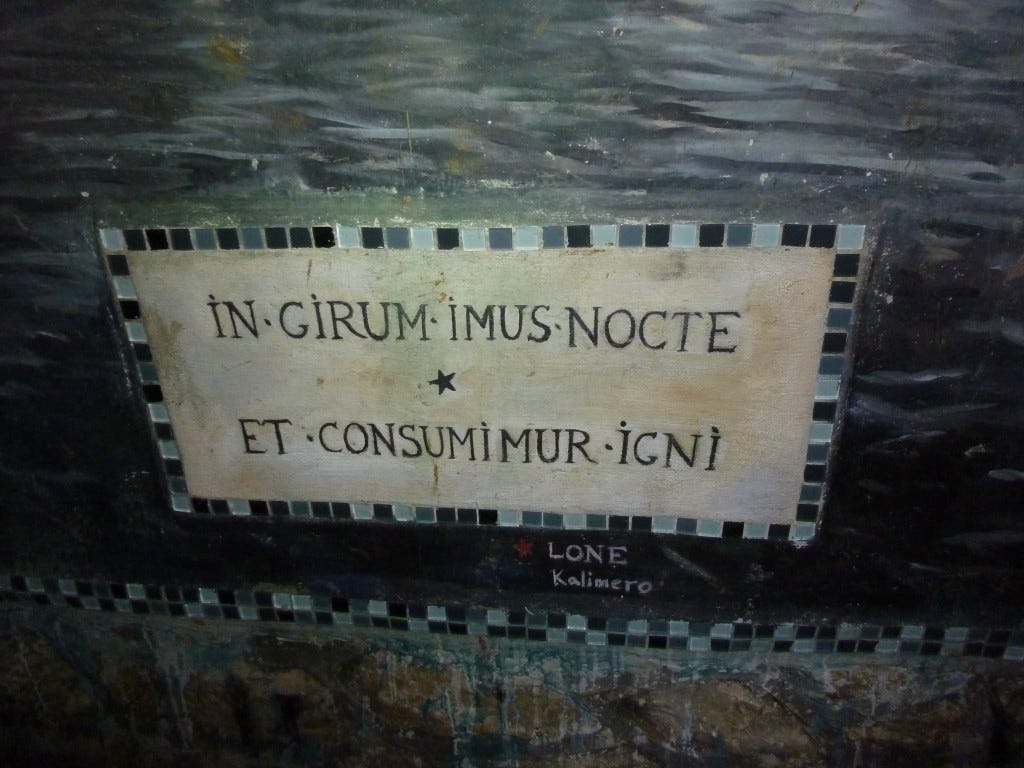

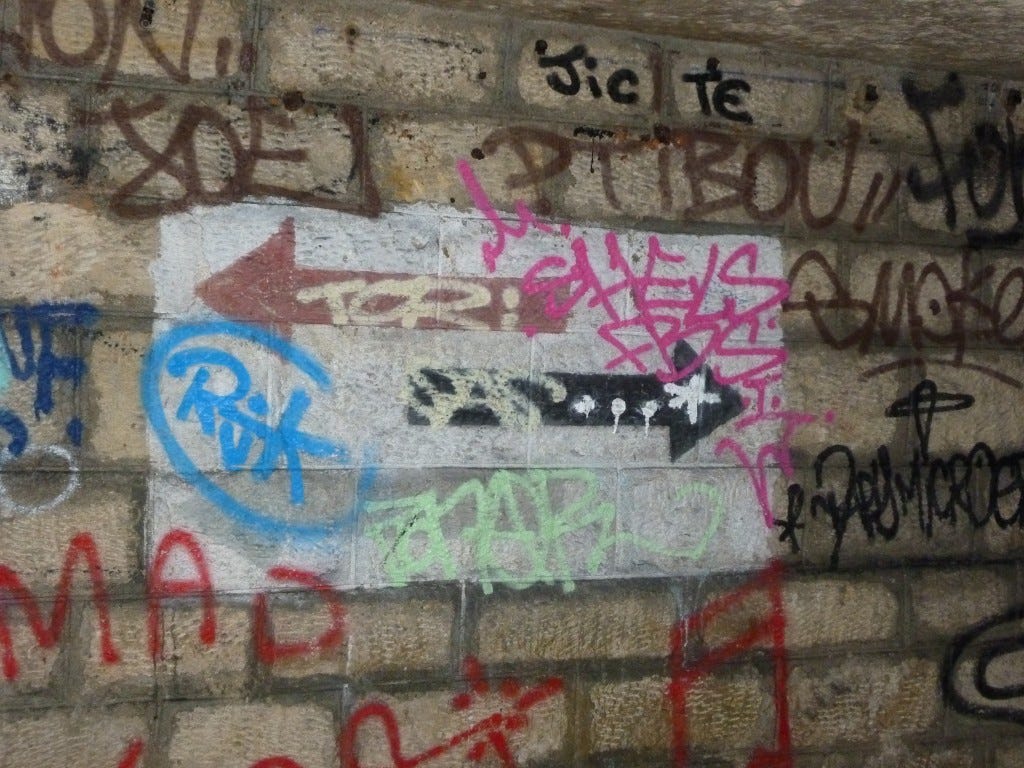
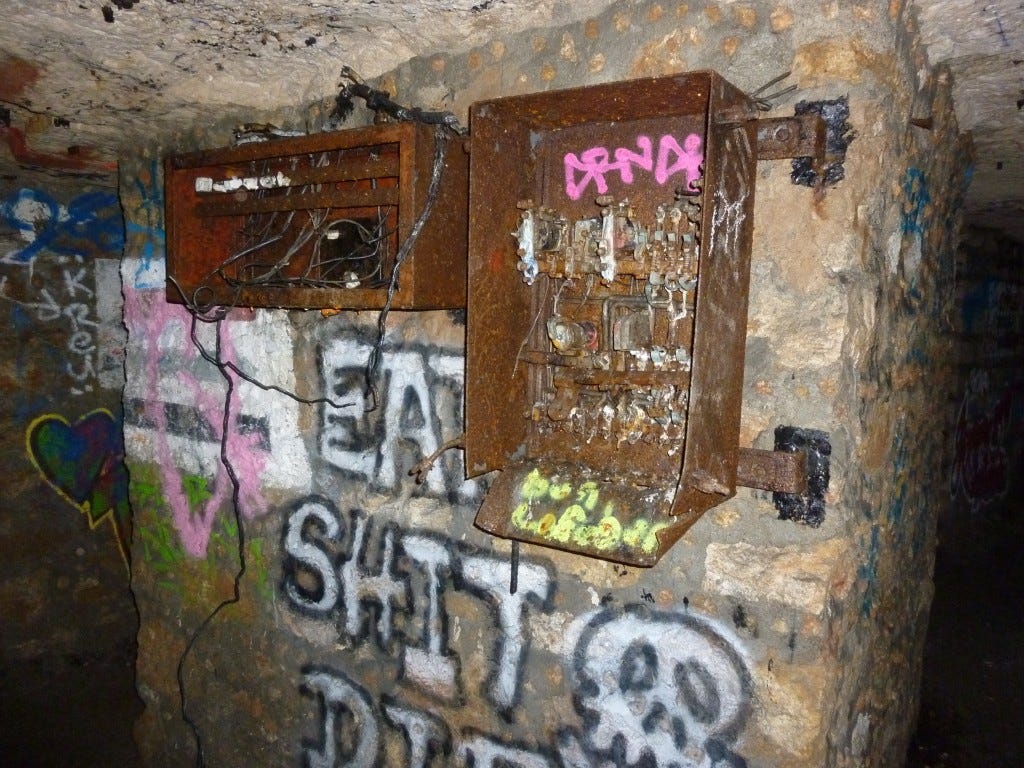
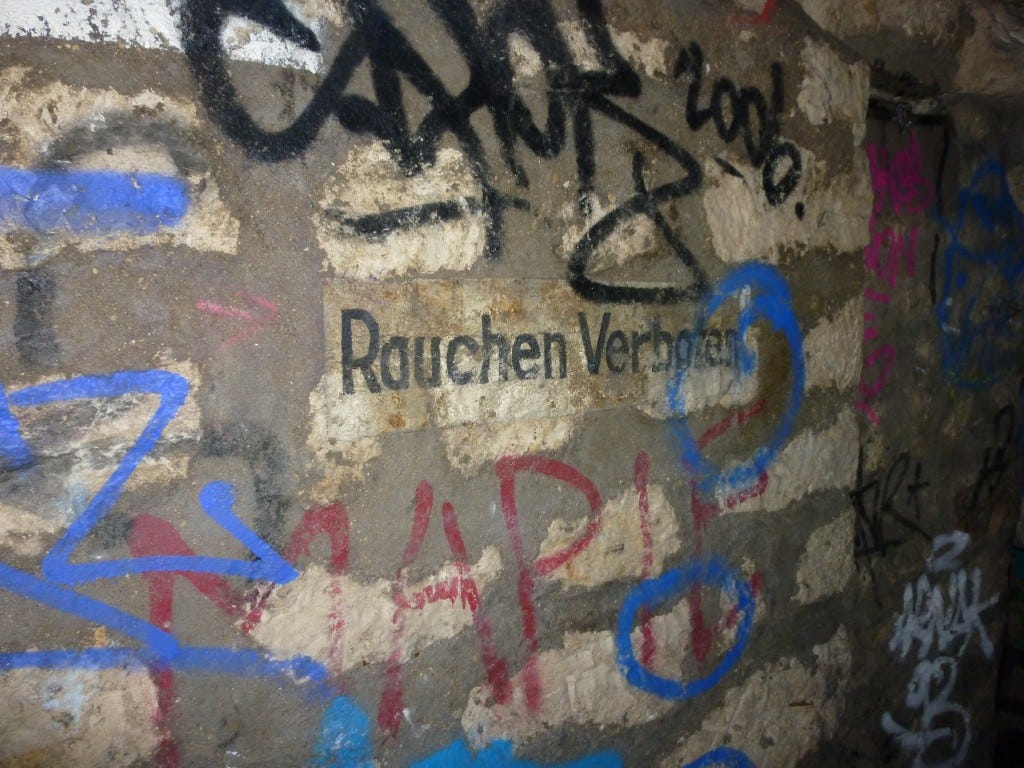
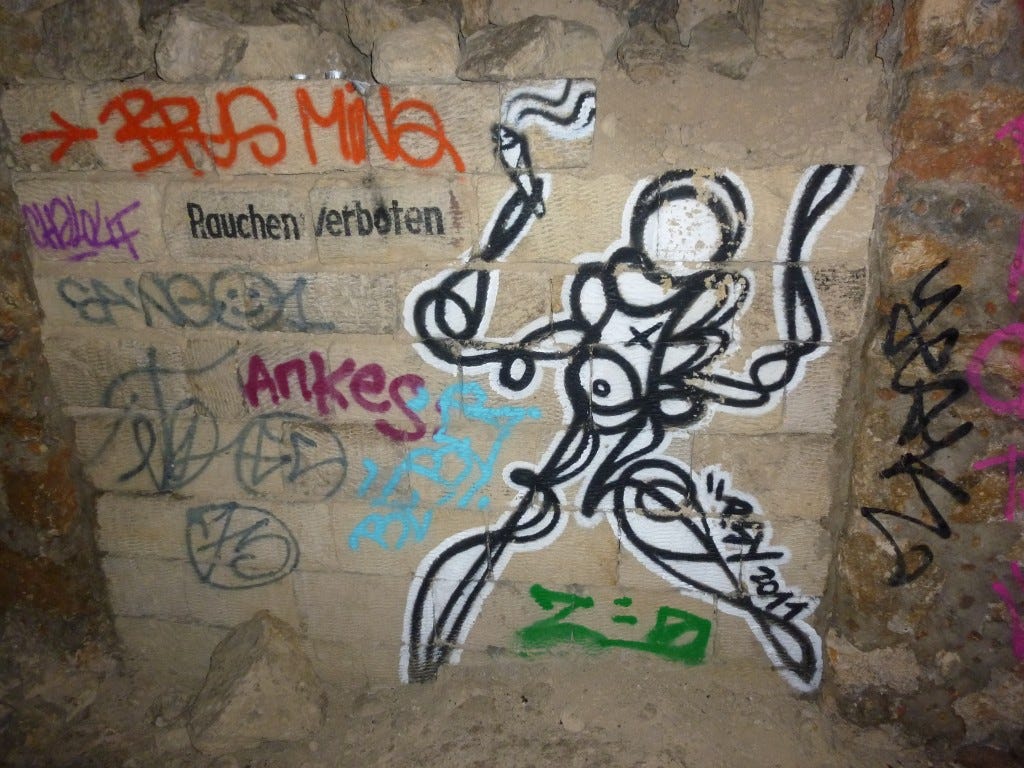
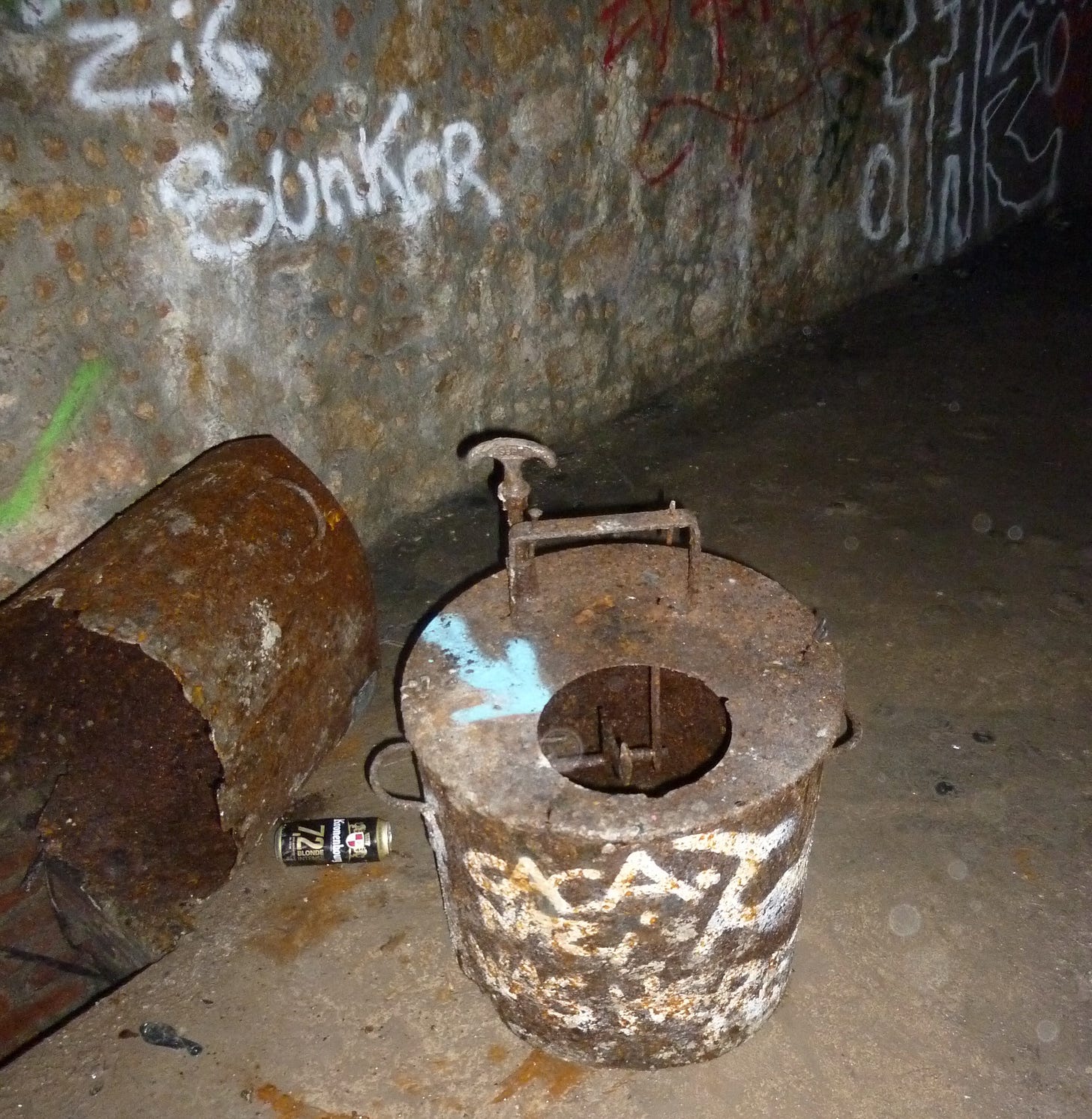
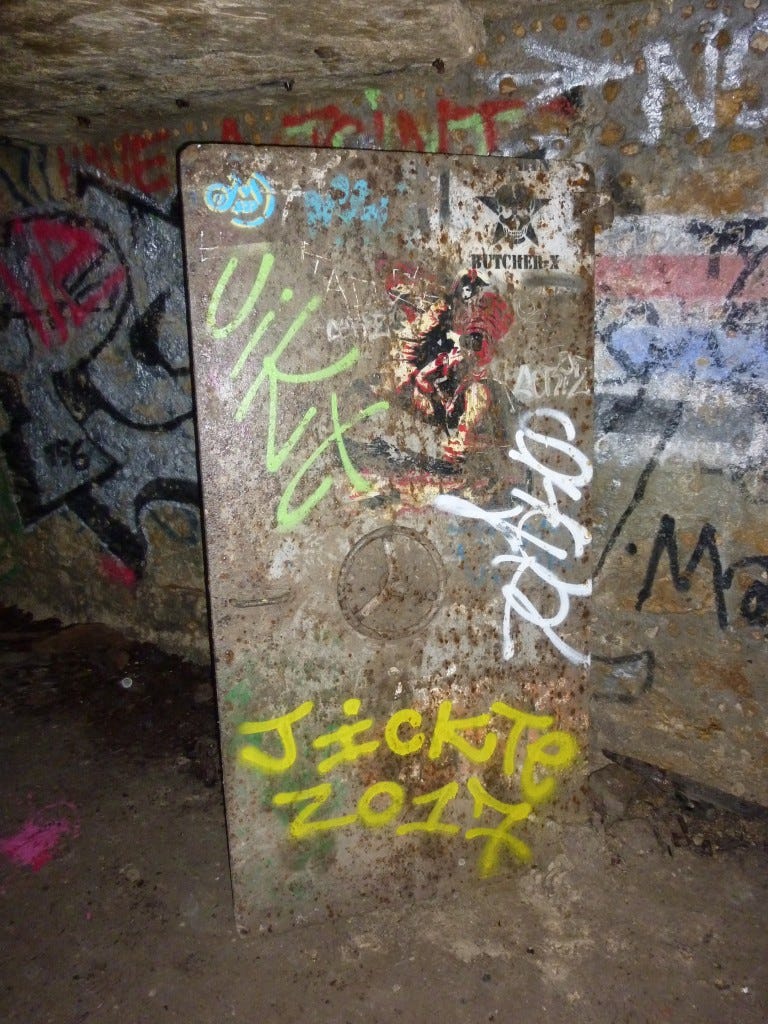
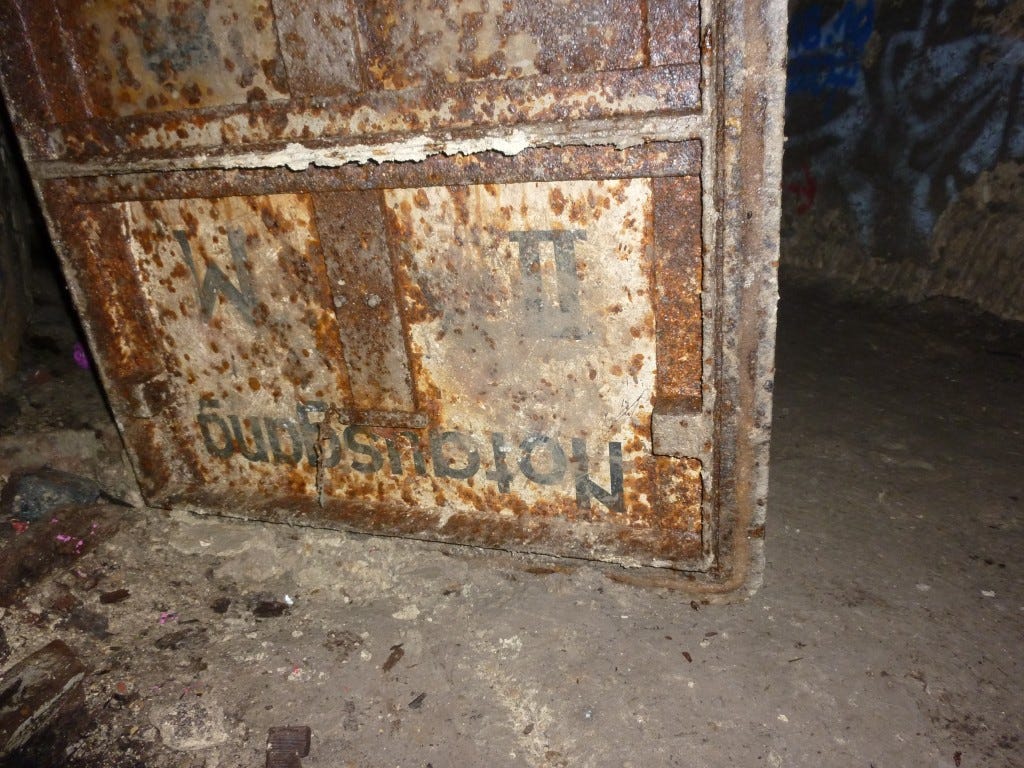
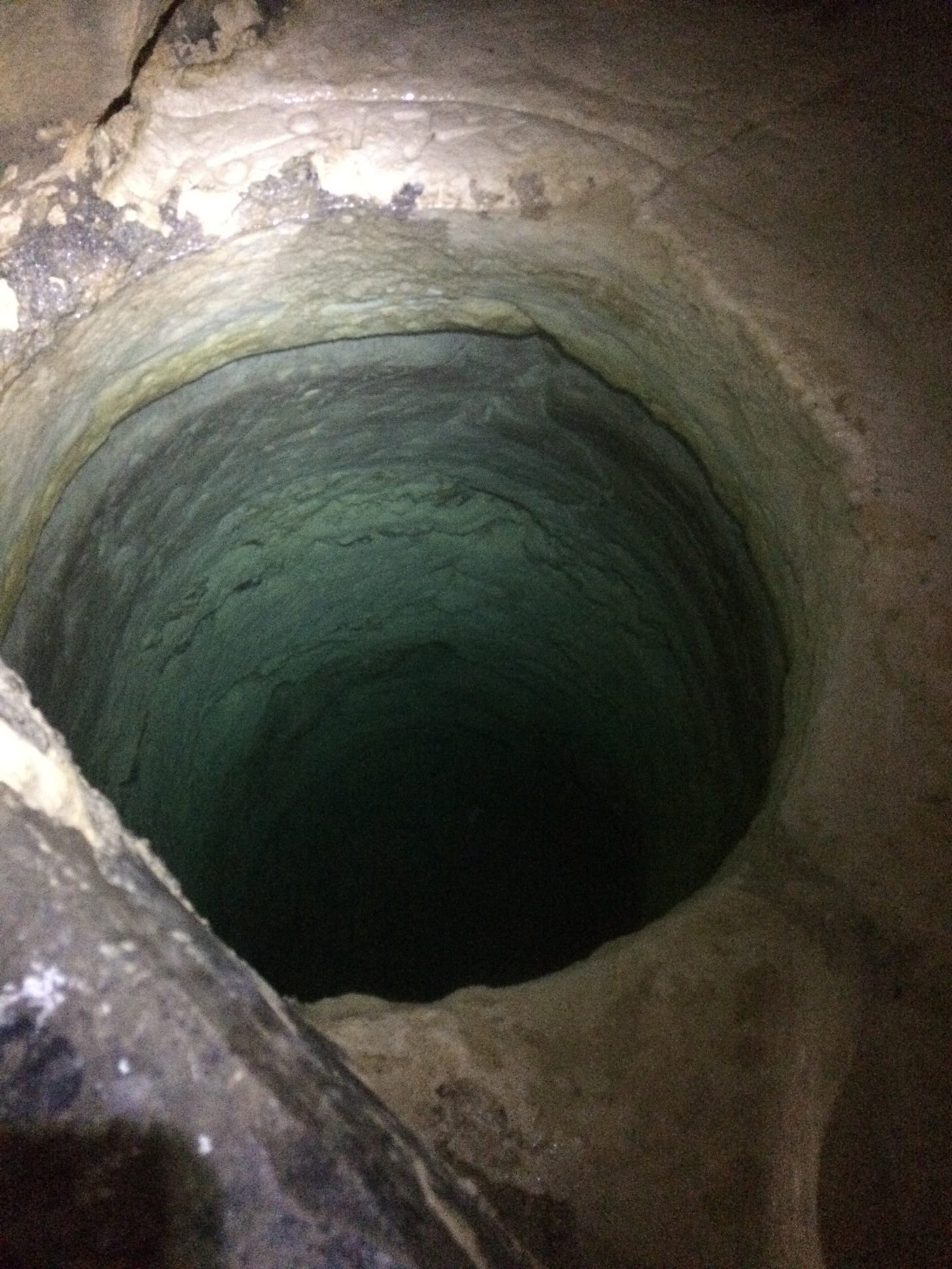
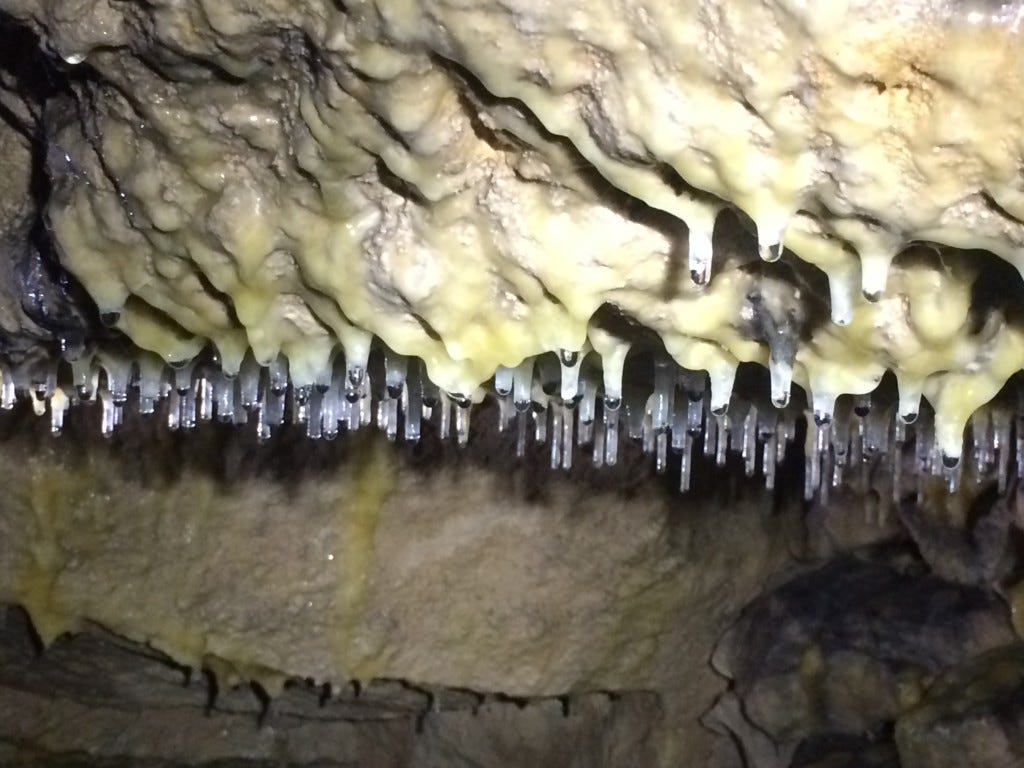
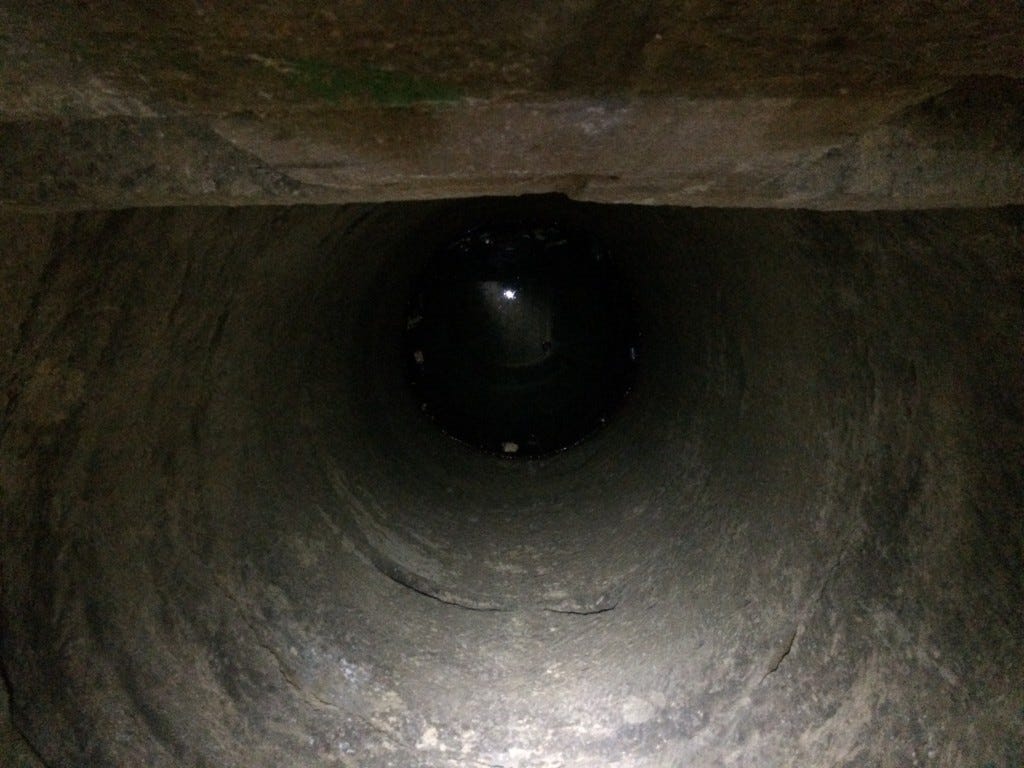
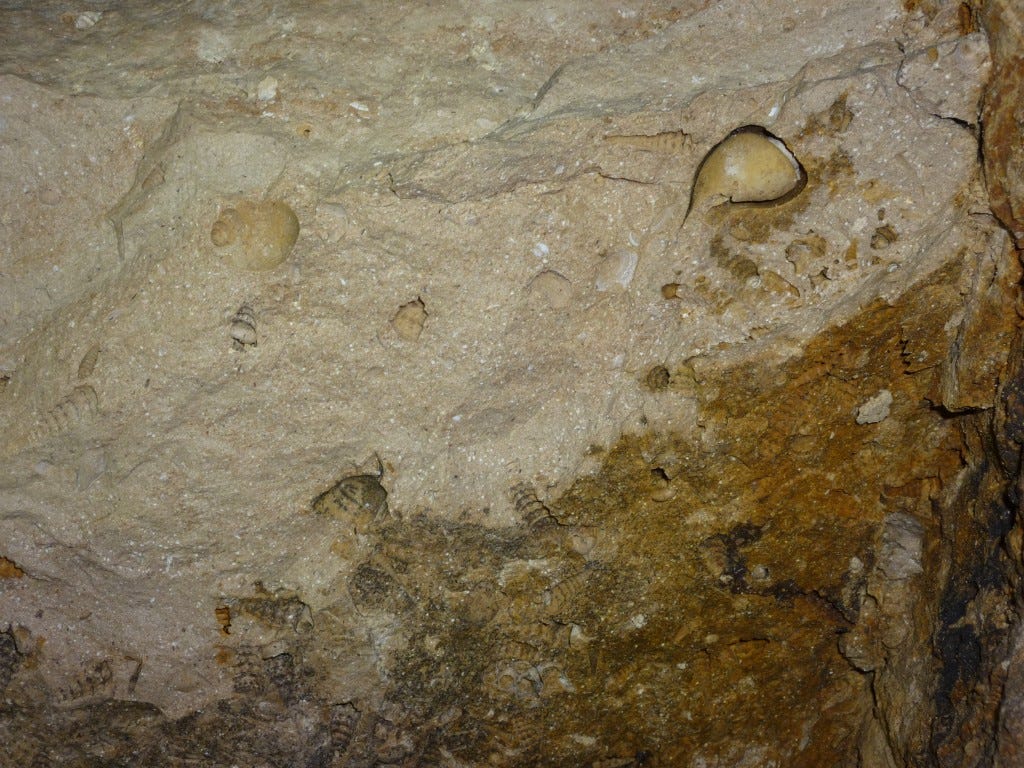
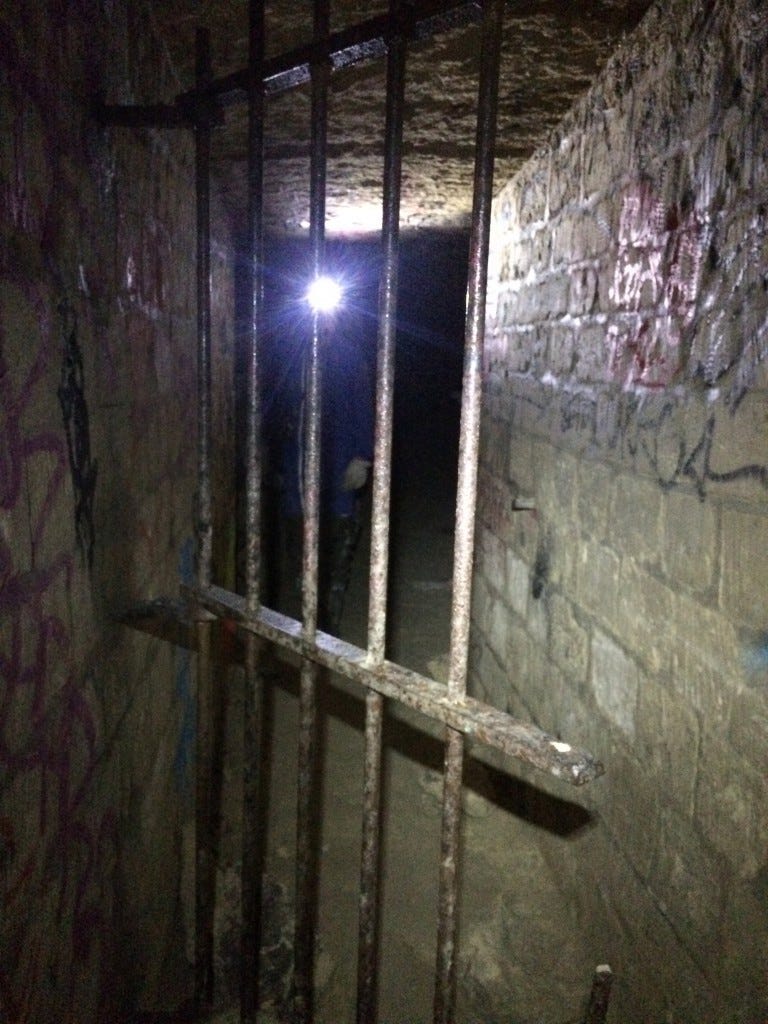
Thank you dear Amy! I loved reading about the subterranean and Malta uses her for catacombs below Paris when you first went years ago! I love the Further touring and challenging thoughts here. Thank you again and you are a gifted writer!